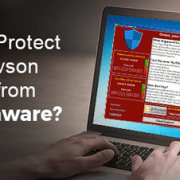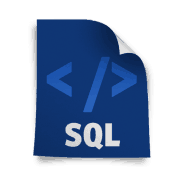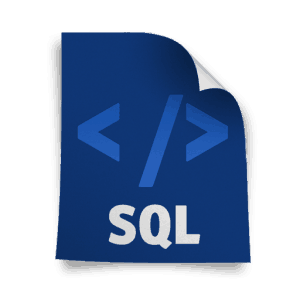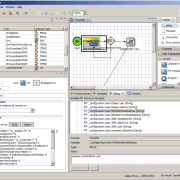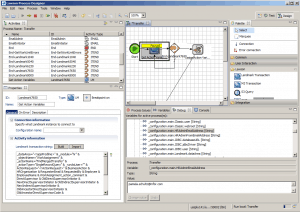One of the biggest security risks for any business is human error. This can expose your business to serious vulnerabilities. With the major shift to remote work/hybrid work spaces since the COVID-19 pandemic surfaced, an influx in cyberattacks have happened – targeting mostly to remote workers. While remote work isn’t new, it’s demand in the current times will continue to be a huge representation in today’s workforce. This doesn’t mean we need to worry greatly about cyber attacks – it means we should be more prepared. Vivian Lopez at Trello shares some great tips on how to tighten your company’s cybersecurity for remote and hybrid work spaces. Employees need a solid understanding of security risks for your business, Lopez says. Below are three factors to gretaly consider when setting up your employees to work remotely.
Make IT Security Education Part Of Onboarding. “Instill good IT security habits from the start. Work with human resources to ensure IT security training is part of onboarding. Let new team members start their job with a clear understanding of your enterprise’s IT policies and procedures, like maintaining password hygiene or discouraging shadow IT.”
Conduct Regular Cybersecurity Training. “Cybersecurity threats grow and evolve, and consistent cybersecurity training is a necessity. While many industry experts recommend quarterly training, we recommend a cadence that supports your company goals. And there’s plenty to cover. According to the (ISC)² 2021 Cloud Security Report, the top IT security training topics enterprises find valuable include cloud-enabled cybersecurity, incident response, risk-based frameworks, and application security.”
Build A Knowledge Hub Of Cybersecurity Assets. “There’s a lot for your remote workforce to absorb when it comes to cybersecurity—IT policy and procedure handbooks, training videos, and more. Your team needs a source of truth for reference materials: An accessible knowledge hub where all IT security resources live.”
One suggested offering for security would be Lopez’s Enterprise Security suite with Trello. “Trello Enterprise relies on enterprise-grade security to help build cybersecurity awareness and keep your business safe. Security features like single sign-on (SSO), user management capabilities, and mobile device management help teams collaborate and work remotely,” says Lopez.
Original Post by from Trello.

